PRESENTATION: Avant-Garde and the Contemporary
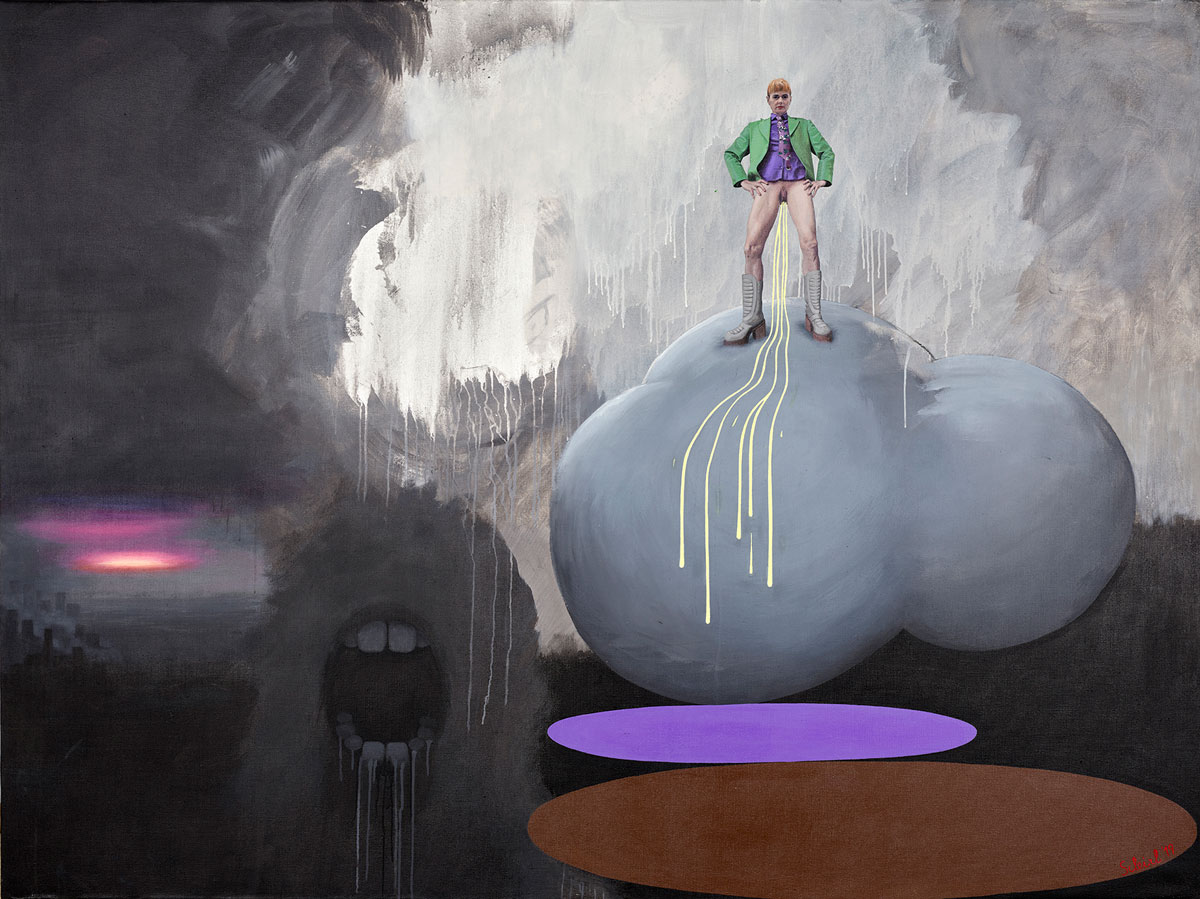 The exhibition “Avant-Garde and the Contemporary. The Belvedere Collection from Lassnig to Knebl” brings into productive correspondence around 140 historical and contemporary artistic perspectives. Through six narrative strands, the show conveys approaches to art from the 1930s to the present day. It follows both well-known and hidden paths and establishes often unexpected connections. The interplay between the historical avant-garde and the contemporary allows viewers to experience the Belvedere’s collection as a dynamic construct.
The exhibition “Avant-Garde and the Contemporary. The Belvedere Collection from Lassnig to Knebl” brings into productive correspondence around 140 historical and contemporary artistic perspectives. Through six narrative strands, the show conveys approaches to art from the 1930s to the present day. It follows both well-known and hidden paths and establishes often unexpected connections. The interplay between the historical avant-garde and the contemporary allows viewers to experience the Belvedere’s collection as a dynamic construct.
By Dimitris Lempesis
Photo: Belvedere 21 Archive

“Avant-Garde and the Contemporary. The Belvedere Collection from Lassnig to Knebl” follows both well-known and hidden paths and establishes often unexpected connections. The interplay between the historical avant-garde and the contemporary allows viewers to experience the Belvedere’s collection as a dynamic construct. Many of the featured works originate from the collection of the Artothek des Bundes (Art Library of the Federal Government), which continuously acquires Austrian contemporary art and is administered by the Belvedere. Through six narrative strands, the Belvedere’s collection can be experienced as a dynamic structure. The exhibition showcases works by around 140 artists. The resulting interplay between the avant-garde and contemporary is sometimes obvious, sometimes surprising – a testament to dynamics and urgencies, continuities and ruptures. The exhibition opens with “Collections and Fractured Realities” and tells of collections as accumulations of objects that emerge from various contexts and layers of time. They are, however, always viewed from the perspective of our immediate present. In their encounter, such as in “Eclipse” (2012) by Agnieszka Polska, they interact in a quasi-animistic, magical manner. This part of the show is dedicated to the historical-political distortions that continue to impact the present, which have essentially determined the development of modernist currents. In the words of Walter Benjamin – which can be applied to collections – “There is no document of civilization that is not at the same time a document of barbarism.” Lisl Ponger’s “Horror Vacui” (2008) depicts the unsettling scene of a ravaged apartment, which, in a wealth of references, takes as its subjects the looting of Jewish property during the Nazi era, the entanglement of museums, and oft-belated restitutions. Ponger’s work is juxtaposed with the equally disturbing “Still Life with Two Heads” (1932) by Rudolf Wacker: the affirmed anti-fascist once prophetically described himself as a portraitist of objects depicting the wreckage of bourgeois life. “Abstractions” assembles historical and contemporary approaches to nonrepresentational art. In the Austrian context, these approaches are marked by nonconcurrences and ruptures. With its design principles, the constructed form of Jugendstil in Vienna around 1900 had already anticipated geometric abstraction. International currents such as Cubism, Futurism, and Constructivism, on the other hand, were adopted selectively and somewhat late in the early 1920s. One key protagonist was Erika Giovanna Klien with her work “Diving Bird” (1939). Abstract tendencies emerged only after 1945; then, however, with unprecedented intensity: Curt Stenvert’s “Violin Player in Four Phases of Movement” (1947) or Maria Lassnig’s “Head” (c. 1954 or 1957) are but two examples. Fritz Wotruba in “Large Seated Figure – Human Cathedral” (1949) shaped an entire generation of artists with his influential school of sculpture. “Surreal Narratives” traces the enduring presence of surreal aesthetics. The narrative thread gathers dreamlike, unconscious, absurd, and fantastic pictorial inventions and permeates the entire show. Time and again, artistic processes of alienation, displacement, and transgression of the real seem suited to capture the problematic relationship of the individual to the world. A highlight of the exhibition is “Nuage articulé II” (1937/40) by Wolfgang Paalen, one of the few surviving Surrealist objects. The artwork was added to the collection in 2020 during the Wolfgang Paalen exhibition. The Vienna School of Fantastic Realism is the specific Viennese version of Surrealism after 1945. “Neoliberal Surrealist” (2019), a self-portrait by Ashley Hans Scheirl of taking a piss amid an apocalyptic scene, is an example of the current presence of Surrealism in a crisis-ridden time. Taking Art Informel of the 1950s as a point of departure, the narrative strand “Forms of the Informal” is devoted to artistic strategies that operate between subjective-gestural expression and methods of chance. As an alternative approach to the art of National Socialism, the novel abstract-gestural painting was entirely committed to individual subjectivity and dissolved any form. The physical-performative gesture became an expression of the unconscious. “Rouges différents sur noir – Liechtenstein” (1956/57) originates from Markus Prachensky’s first expressive-gestural work series. “Performative Bodies” points to the use of the human body as an artistic material and the critical confrontation of its representation. Works on this subject can be found in all parts of the exhibition. Günter Brus’s work “Self-Painting I” (1964) is considered iconic – in Viennese Actionism, the body itself becomes the primary artistic means of expression. Performative approaches and relatively new media such as photography and video were seized by women artists beginning in the late 1960s, a feminist reclaiming of the female body as a motif in art. On view are “Homometer” (1973) by VALIE EXPORT, pioneer of feminist action art, and the photo series “Second Sculptures” (1979) by Margot Pilz. Flamboyant identities oscillating between genders are at the center of Jakob Lena Knebl’s works. The final part of the exhibition, “Re-Visions”, takes a look at artistic negotiations of historiography and the social present and reconnects with the beginning of the tour and its narratives on art in Austria. The central conceit of “re-vision” is founded on two perspectives: one backwards-looking and one forward-facing; to see things in the past not only to draw conclusions for the present, but also to imagine a different future. For instance, as when Marcus Geiger ironically updates the heroic self-portrayals of the Secession’s founding fathers in the expansive installation “Portraits and Sausage” (2006). Or when Veronika Eberhart – in her video work “9 is 1 and 10 is none” (2017); the title quotes Faust’s “the witch’s one-times-one” – reclaims the exploited body of the post-machine era in a queer-feminist witch dance.
Photo: Ashley Hans Scheirl, Neoliberal Surrealist, 2019, Photo: Johannes Stoll / Belvedere, Vienna, Courtesy Galerie Crone, Vienna
Info: Curator Luisa Ziaja, Curatorial Assistant: Véronique Abpurg, Belvedere 21, Arsenalstrasse 1, Vienna, Austria, Duration: 15/7-16/10/2022, Days & Hours: Tue-Wed & Fri-Sun 11:00-18:00, Thu 11:00-21:00, www.belvedere.at/


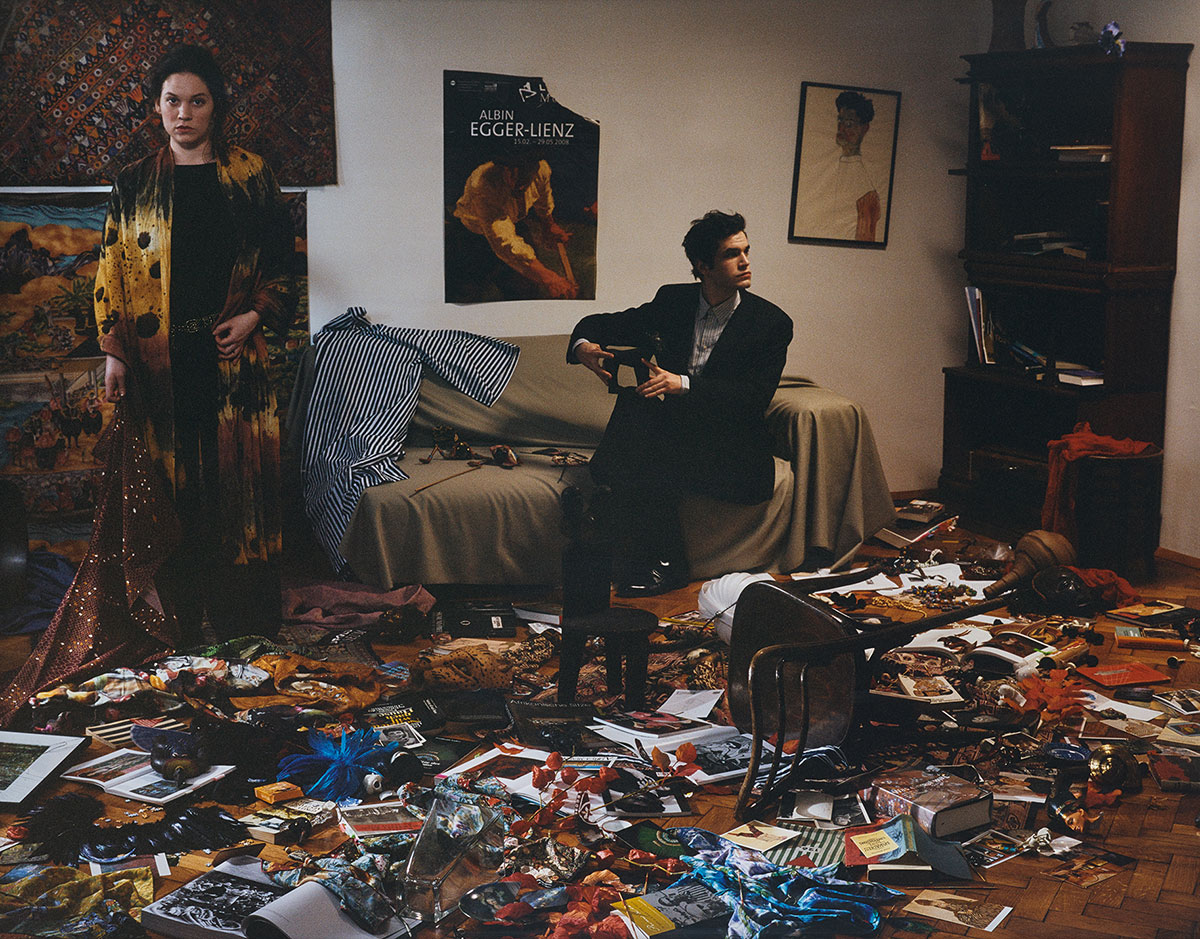
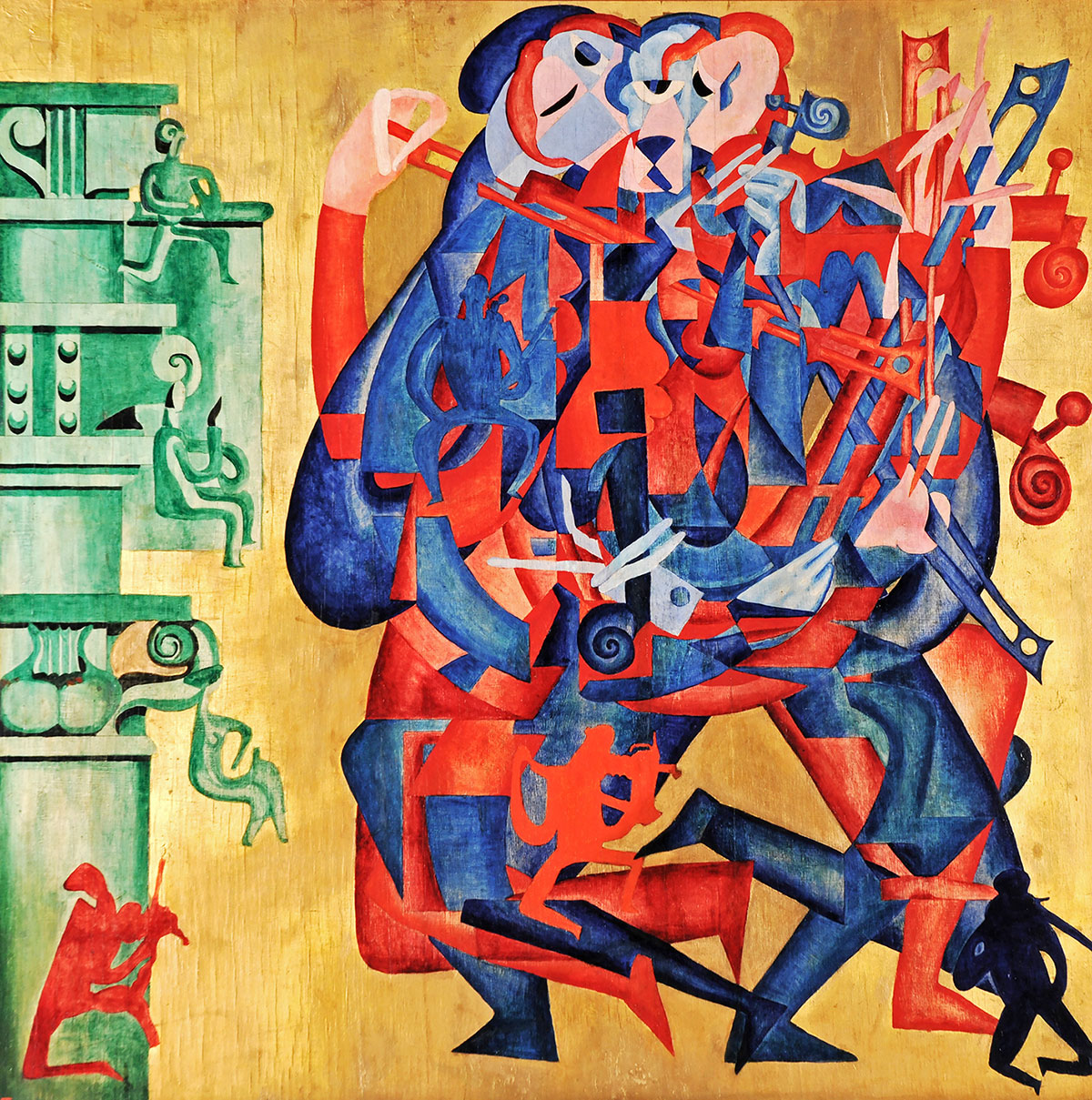
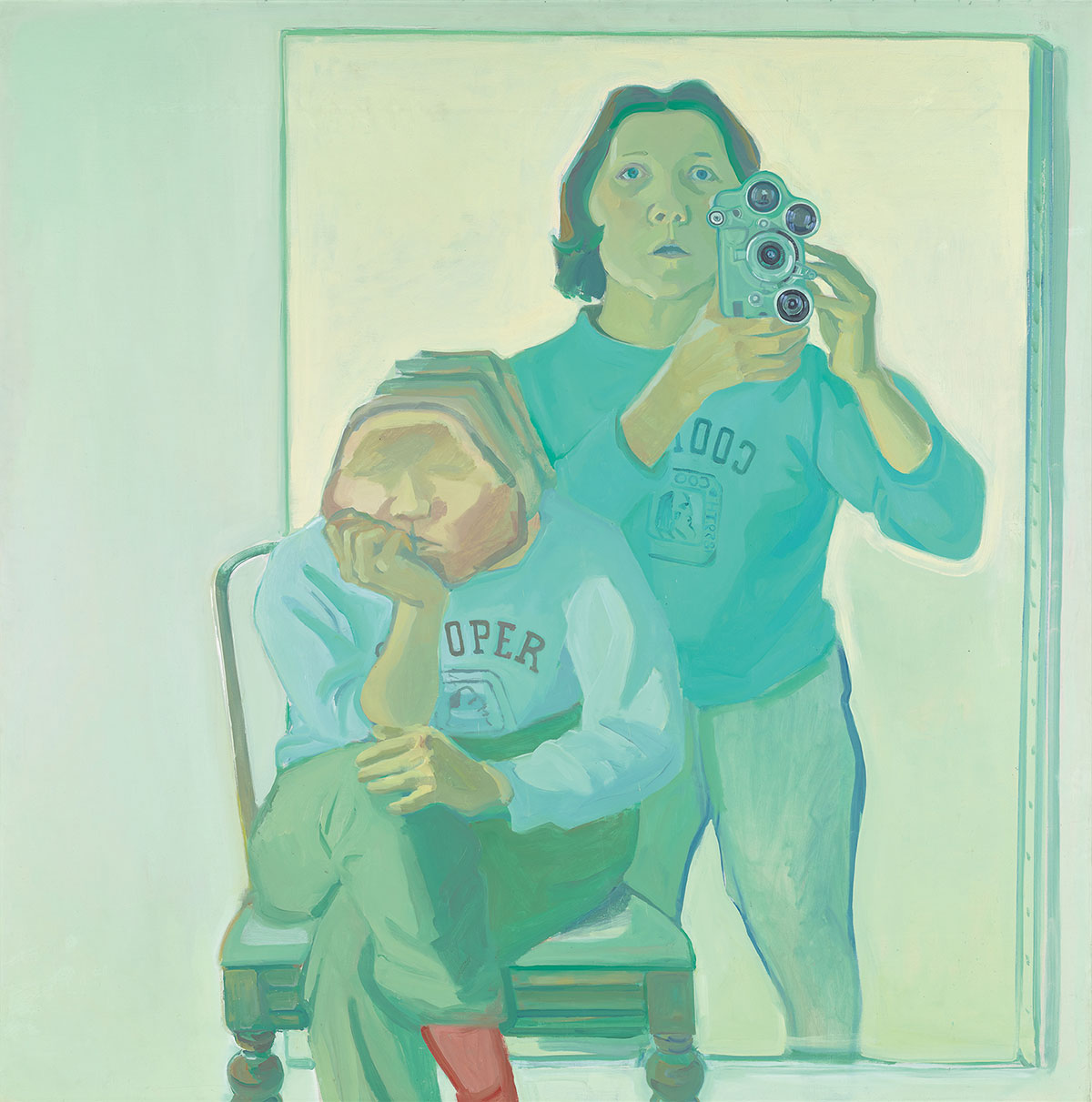

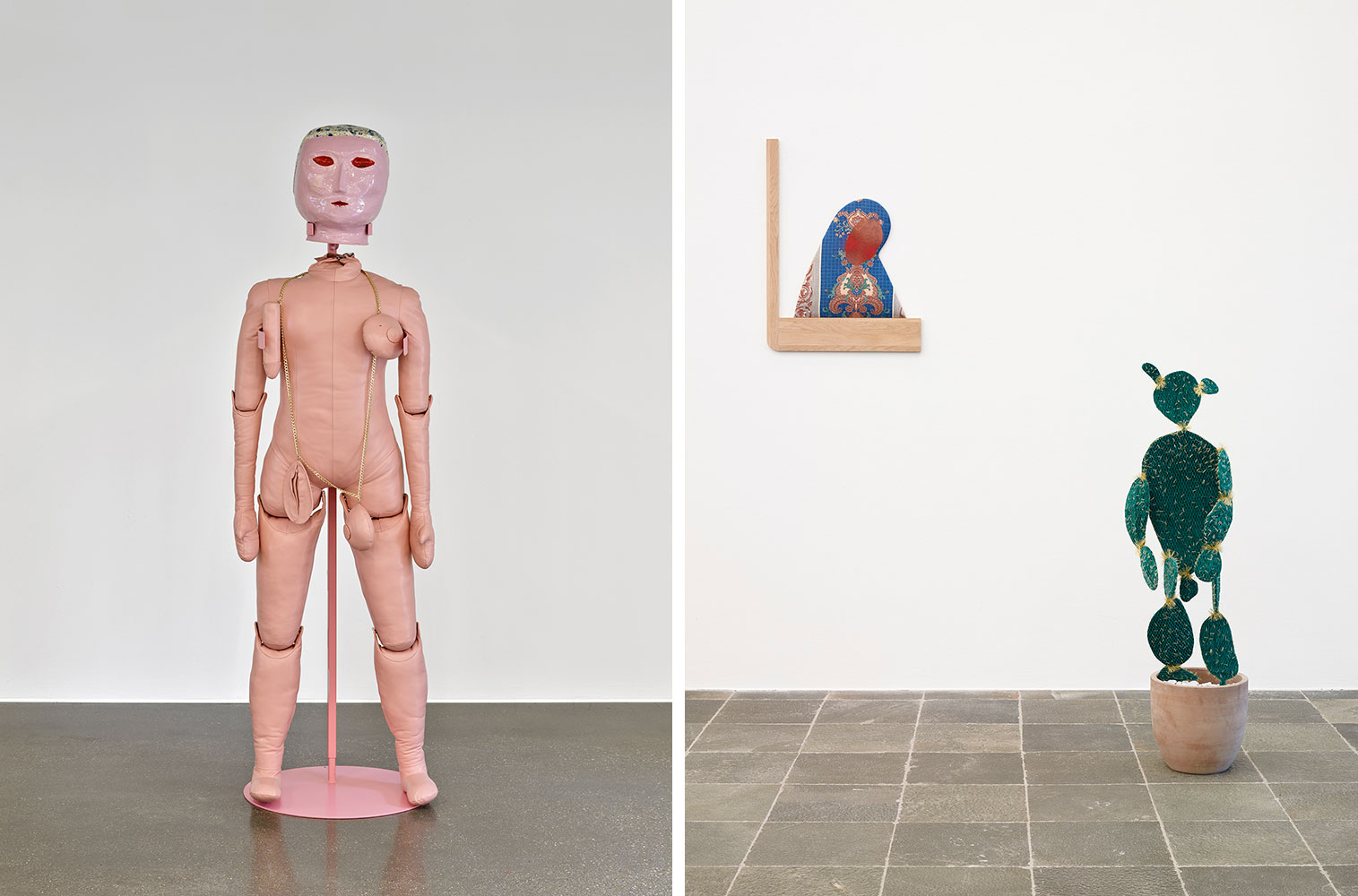
Right: Nilbar Güreş, How I met your Mom, 2017, Photo: Johannes Stoll / Belvedere, Vienna
